This boob is dedicated to Henry M. Wallbrunn, beloved teacher, mentor, and friend.
The Gardener's and Farmer's Guide to Plant Breeding and Seed Saving
CAROL DEPPE





ix
xiv
xvi
Part I: An Introduction to Plant Breeding and Seed Saving
Why every gardener should be a plant breeder. Stories of three amateurs and what they've done.
Vegetable breeding can be done on any scale. You can do an elaborate tomatobreeding project in a few half-gallon pots of soil, or a pea-breeding project in a few feet of row. Some projects require only a year or two to produce material that is an improvement over anything available commercially.
Breeding for flavor. Breeding for size, shape, color, earliness, cold or heat resistance, disease resistance, regional adaptation, yield. Breeding as an expression of individuality, for your tastes and needs. Breeding varieties that do well under organic gardening or farming methods. Breeding new and unusual crops. Discovering popbeans and tiny fast-cooking chickpeas (garbanzos). Thinking small, thinking big, daring to dream.
Obtaining germplasm and information about it. How to work with seed companies, seed saving organizations, and plant science professionals. How to gain access to and use the collections of the USDAARS National Plant Germplasm System.
How to design, conduct, and evaluate garden trials. How to combine trials with production of food and beauty. How to get good information with the least amount of land and labor.
Inbreeding and the genetic nature of inbreeding crop varieties. Saving seed from inbreeders. Heirlooms. Outbreeding and the genetic nature of outbreeding crop varieties. Inbreeding depression. Outcrossing and self-incompatibility. Saving seed of outbreeders. Inbreeder or outbreeder - how you can tell? Saving seed from hybrids. Making and breaking hybrids.
Popbeans and purple peas. Perennial vegetable buckwheat and perennial lettucesalsify. Power selection, power inbreeding, crosses, backcrosses, and recurrent backcrossing. `Rainbow Inca' sweet corn. Tomatoes, squash, and melons.
Creating polyploids. Chromosome doubling using colchicine. Breeding with established polyploids.
Crosses between distant relatives within a species. Crosses between different species. Creating entirely new crop species.
Taking advantage of new mutations, sports, bud sports, and accidental crosses. More cold-hardy fava beans, bigger tomatoes, and giant top-setting onions.
Vegetables of the world and their wild relatives; edible plants that have the potential for being developed into vegetables; fruits, nuts, and grains. Scientific names, common names, families, and lifestyles. Basic breeding systems, chromosome numbers, flowering patterns, flower types and modifications, average cross-pollination frequency, major pollen vectors, and incompatibility system information. Recommended isolation distances, seed yields, location in the USDAARS National Plant Germplasm System, and references.
Part II: Seed Saving Practice
Why save seeds? Seed-saving overview. Saving seed from hybrids. Roles and purposes.
Preparation and planning, planting, tending.
Traditional seed saving and isolation distances. Isolation distances for organic farmers and gardeners. Isolation basics. Factors that affect the need for isolation. Isolation distances, absolute and practical. The Basic Rule for Everyday Seed Saving. Isolation tricks and methods.
Inbreeders and outbreeders. Practical compromises.
Selection basics. Selection complexities, subtleties, and surprises. Selection for the purpose of germplasm preservation. Evaluating a selection program. Does selection always work?
Harvesting, threshing and cleaning. Dry and wet processing. Drying seed. Protecting seed from insects and rodents. Storing seed.
Part III: Developing Crops for a Sustainable Future
Carol Deppe meets the FlavrSavr tomato. Standard plant breeding versus genetic engineering. Everything in this book is illegal with genetically engineered varieties. Genetic engineering and sustainable agriculture.
Why not just select? Choosing the right cross. The agroecological virtues of a squash. The grand plan. Choosing the cytoplasm. The reality. The squash speaks. Carol falls in love. Disaster and opportunity. Sandwich-slice. To market, to market, to sell a new squash.
 ' welcome the opportunity to thank the following people for information, assistance, and encouragement: Ken Allan, Jan Blum, Dan and Ruth Borman, Rebecca Brown, Helen Deppe, Glenn Drowns, Miriam Ebert, Ewald Eliason, lanto Evans, John Gale, Rich Hannan, Howard Haynes, Karl Huber, Alan and Linda Kapuler, Damon Knight, Cy Dratzer, Rob Mabe, Rose Marie Nichols McGee, Ralph McNees, Tim Peters, Forest Shomer, Anita Sullivan, Jeff and Joy Taylor, Lee Wallingford, Kent Whealy, Kate Wilhelm, and Jimmy Williams.
' welcome the opportunity to thank the following people for information, assistance, and encouragement: Ken Allan, Jan Blum, Dan and Ruth Borman, Rebecca Brown, Helen Deppe, Glenn Drowns, Miriam Ebert, Ewald Eliason, lanto Evans, John Gale, Rich Hannan, Howard Haynes, Karl Huber, Alan and Linda Kapuler, Damon Knight, Cy Dratzer, Rob Mabe, Rose Marie Nichols McGee, Ralph McNees, Tim Peters, Forest Shomer, Anita Sullivan, Jeff and Joy Taylor, Lee Wallingford, Kent Whealy, Kate Wilhelm, and Jimmy Williams.
I am indebted to Roger Swain, science editor at Horticulture, who shepherded this book in its initial stages, when it was only a magazine article with ambitions. I am especially grateful to Catherine Crawford and Christina Ward, my editors at Little, Brown and Company, for their enthusiasm, support, and guidance. I also thank Barbara Jatkola for her excellent copyediting, Jan Blum for use of three of her photos, and Abigail Rorer for her illustrations in Appendix B.

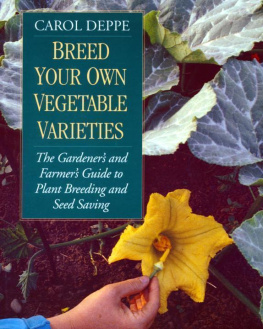
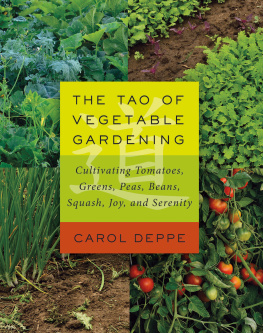
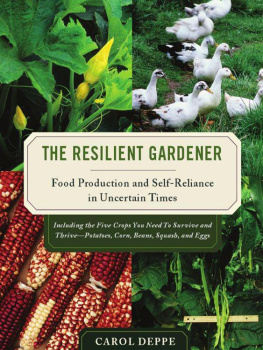
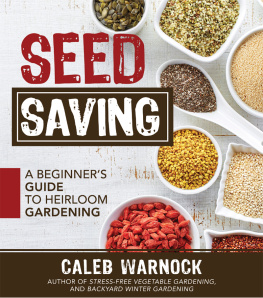
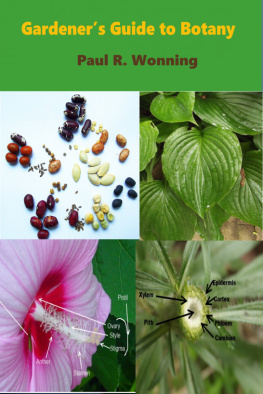
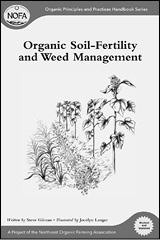
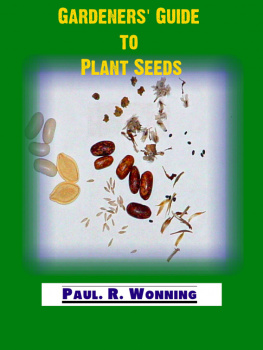

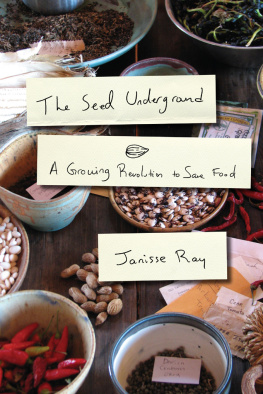
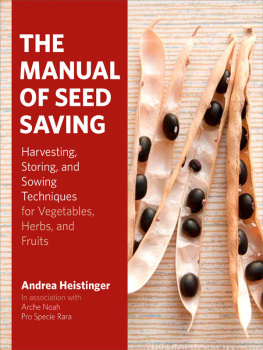

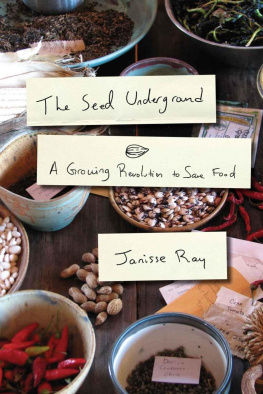
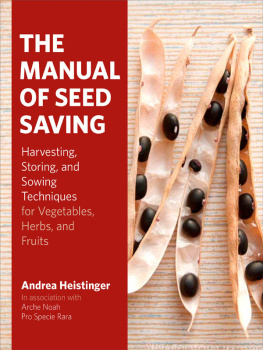
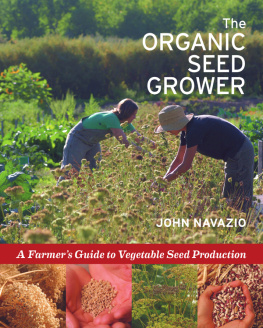




 ' welcome the opportunity to thank the following people for information, assistance, and encouragement: Ken Allan, Jan Blum, Dan and Ruth Borman, Rebecca Brown, Helen Deppe, Glenn Drowns, Miriam Ebert, Ewald Eliason, lanto Evans, John Gale, Rich Hannan, Howard Haynes, Karl Huber, Alan and Linda Kapuler, Damon Knight, Cy Dratzer, Rob Mabe, Rose Marie Nichols McGee, Ralph McNees, Tim Peters, Forest Shomer, Anita Sullivan, Jeff and Joy Taylor, Lee Wallingford, Kent Whealy, Kate Wilhelm, and Jimmy Williams.
' welcome the opportunity to thank the following people for information, assistance, and encouragement: Ken Allan, Jan Blum, Dan and Ruth Borman, Rebecca Brown, Helen Deppe, Glenn Drowns, Miriam Ebert, Ewald Eliason, lanto Evans, John Gale, Rich Hannan, Howard Haynes, Karl Huber, Alan and Linda Kapuler, Damon Knight, Cy Dratzer, Rob Mabe, Rose Marie Nichols McGee, Ralph McNees, Tim Peters, Forest Shomer, Anita Sullivan, Jeff and Joy Taylor, Lee Wallingford, Kent Whealy, Kate Wilhelm, and Jimmy Williams.